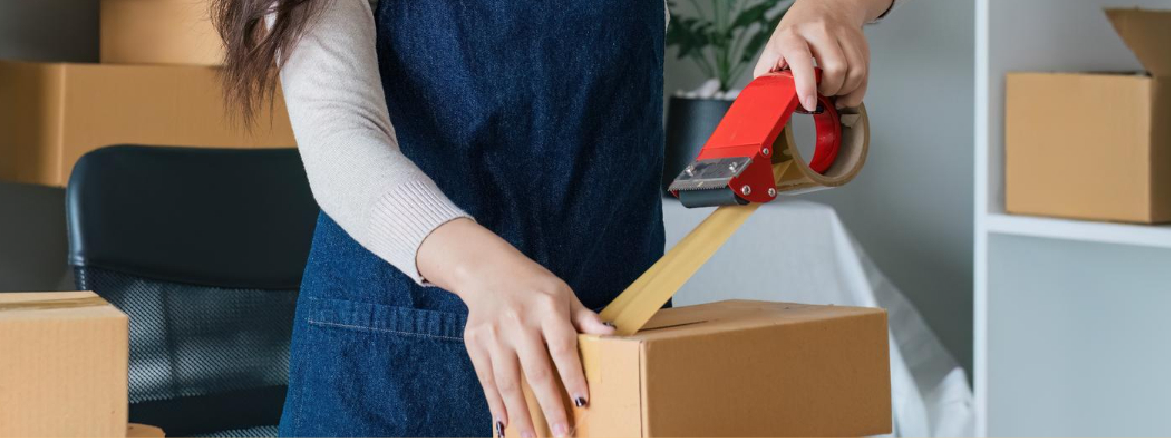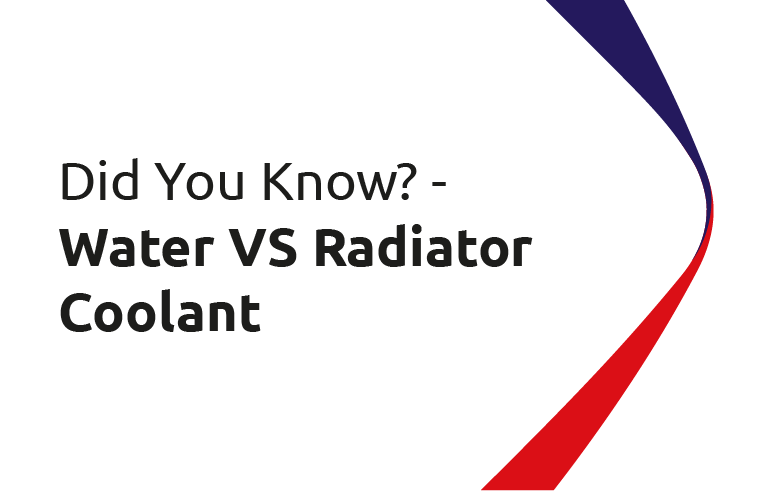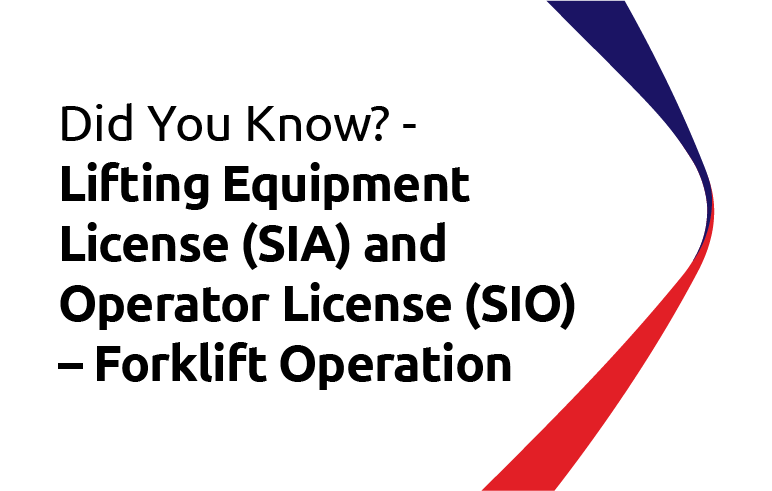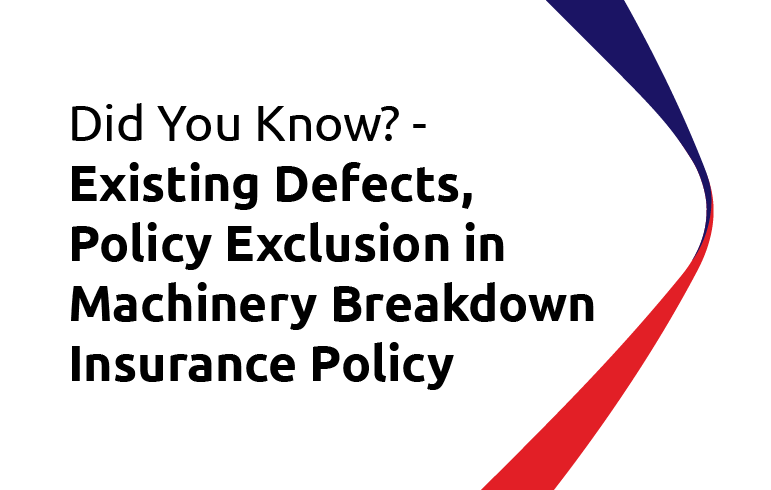Did You Know? - How to Pack Fragile Goods

Fragile goods is one of the challenges for a seller or reseller of an online shop business, namely whether the fragile goods sent arrive intact to the buyer. Fragile goods have characteristics that are sensitive to impact and have a higher risk of damage than other types of goods. Examples of fragile goods such as plates, glasses, vases, cookie jars, photo frames, lamps, etc.
Therefore, a safe and proper packaging process is very important. Here are some recommendations on how to package products, especially fragile goods products.
Tools You Need
- Cardboard. It has a lightweight, is easy to carry and store, has a corrugated part (flute) to function as a cushion for goods with a collision outside.
- Bubble Wrap or Pulpable Honeycomb. Bubble wrap provides basic protection, while pulpable honeycomb offers stronger and more eco-friendly protection.
- Fragile Signs or Stickers. A marker for the expedition is that the goods inside are vulnerable to damage.
- Tape and Scissors. Tape is used to seal and secure the packaging so it doesn’t open during shipping, while scissors help cut packaging materials neatly and efficiently.
Packaging Method
- Place the ordered goods in a safe place, avoiding cramped or crowded places so the packaging process is not disturbed.
- Wrap the product in sufficient bubble wrap or honeycomb that can be greased to avoid damage from shock and impact.
- Prepare the box according to the size of the item. It is important to choose the right box, so be familiar with the type of glassware.
- Put the product that has been plastic-wrapped items into the box, making sure there are no gaps left in the box to prevent shifting inside the box. Add PE foam on each side of the box for additional shock absorption.
- Seal the box with the tape in the shape of an H. Make sure that the tape is tightly attached and not bubbling.
- Use fragile markings/stickers on some sides of the cardboard for easy viewing.
- Attach the sender and receiver labels. Stick them in a position that is easily visible, not folded, and not protruding.
- Goods are ready to be sent to the expedition, choose a quality expedition that provides warranty and shipping insurance.
Hopefully, these recommendations can help minimize your risk of loss in sending fragile goods. To safeguard your shipment from potential damage, you may use Marine Cargo Insurance from MSIG Indonesia. If you require further information about insurance products from MSIG Indonesia, please contact us at (021) 252 3110 and we will be happy to assist you.



